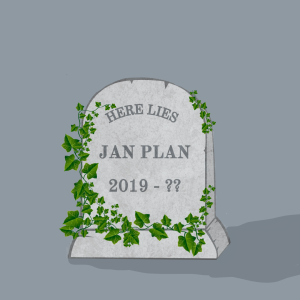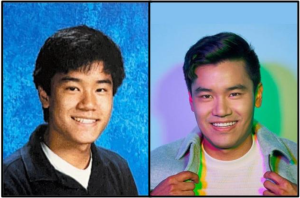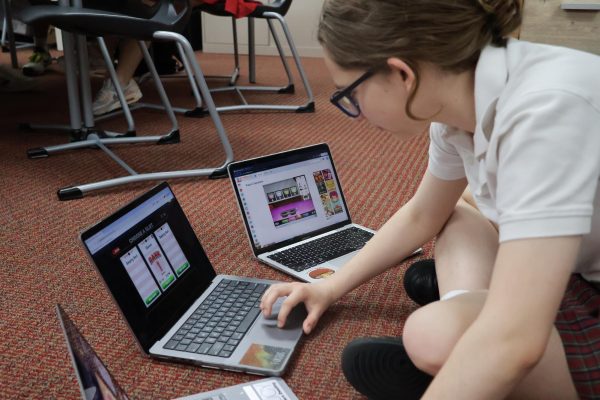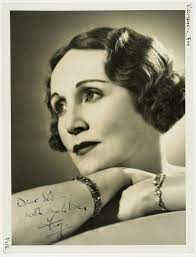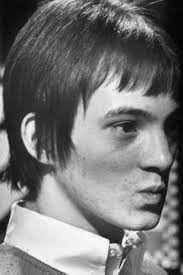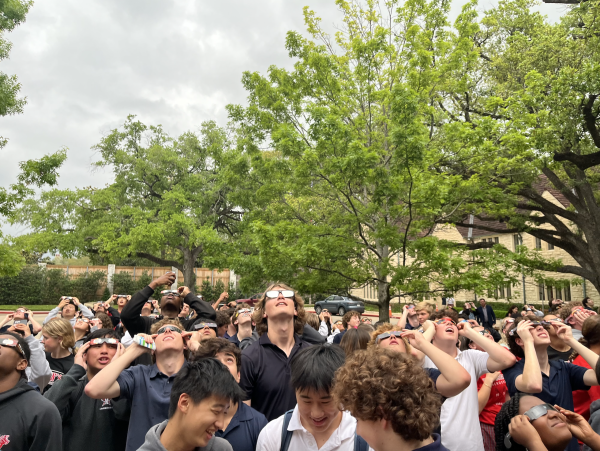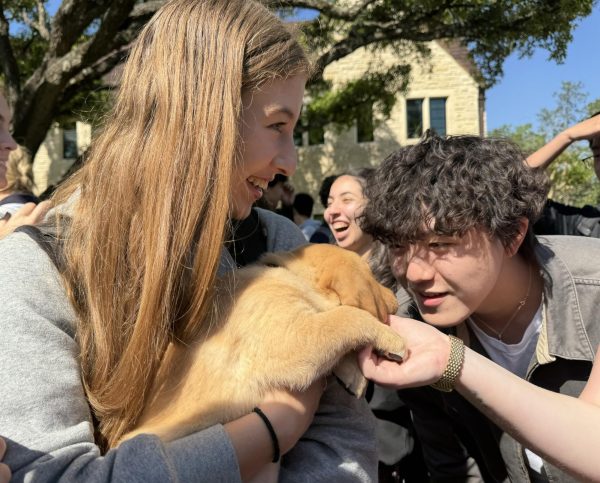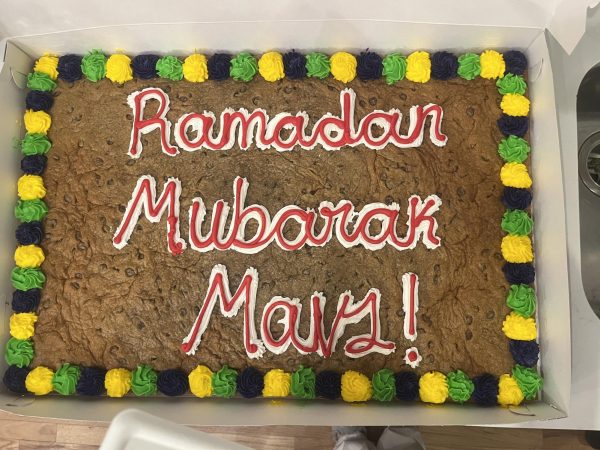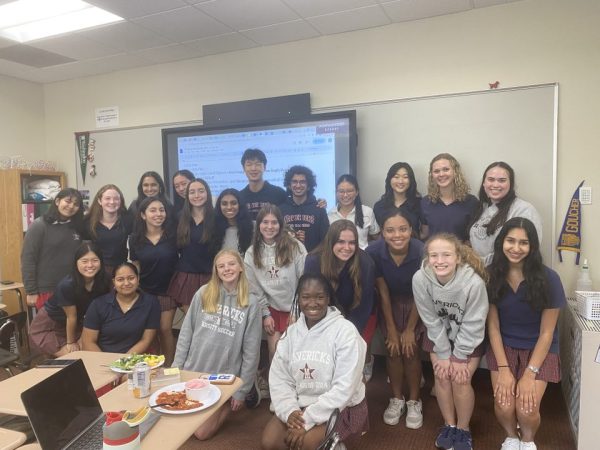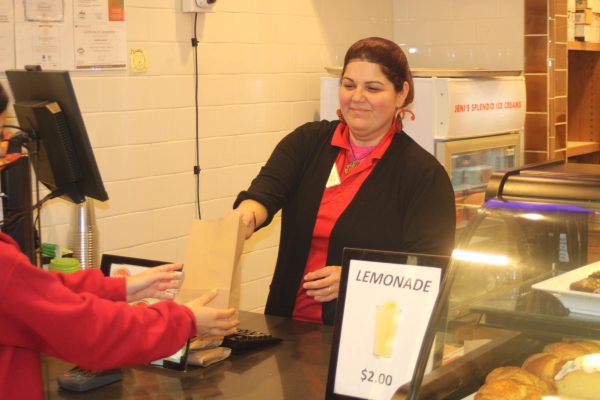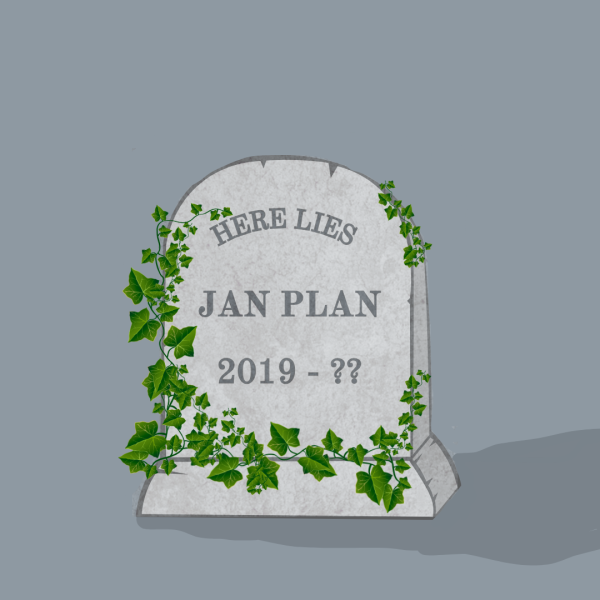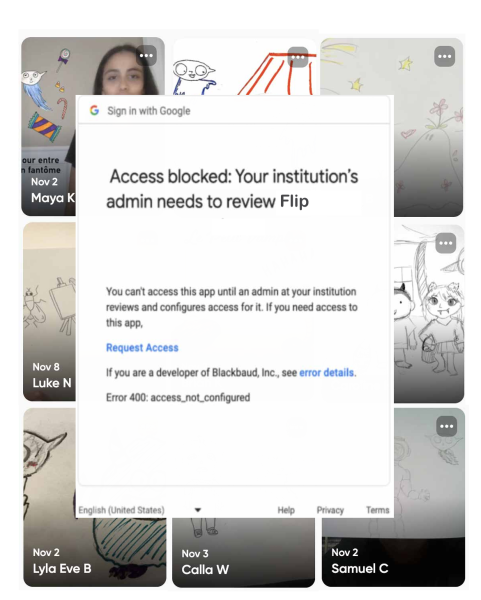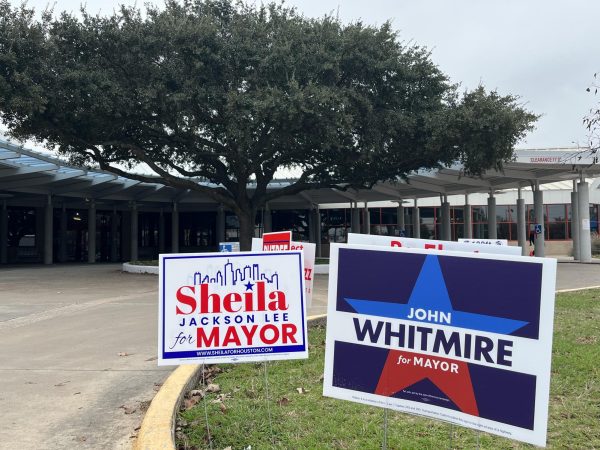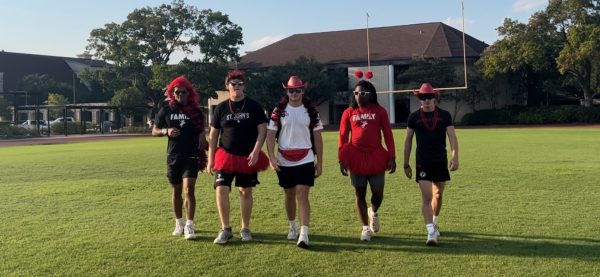Diversity conference opens up dialogue, reflection on 2016 election
January 12, 2017
Hundreds of eyes gazed intently as Zak Ebrahim, age 33, shared his experience growing up as the son of a terrorist. Following the imprisonment of his father, Ebrahim moved constantly and struggled with his own religious identity. From behind the podium in the Georgia World Congress Center, Ebrahim delivered his speech to hundreds of teens gathered in Atlanta, Georgia for the 2016 Student Diversity Leadership Conference (SDLC), Dec. 8-10.
Throughout the conference, high school students from private schools across the country gathered to discuss key components of identity: age, gender, race, socioeconomic status, sexual orientation, family structure, ability and religion. The representatives also aimed to improve awareness in their own communities.
“I learned a lot about the struggles of different minority groups and new cultures,” sophomore Warda Mohamed said. “I think informing St. John’s would help our community grow to become more empathetic and welcoming.”
Students talked about their personal battles against discrimination and discussed ways to help their communities become more accepting. Through these intimate conversations, students bonded over their shared difficulties.

Students focused on the defining factors of identity such as gender, race and sexual orientation.
The recent presidential election was one of the main points of focus. An open-mic session permitted students to express their reactions and their plans moving forward. Most opinions leaned against President-Elect Donald Trump because he did not prioritize or support diversity in his campaign. While representatives expressed disappointment, they also emphasized how Trump’s victory ignited a greater sense of unity between women, people of color and the LGBT+ community.
“People have made direct ties between Trump and the alt-right or other groups that have spoken against diversity, inclusion and equality. There are all sorts of questions about how his term may impact the lives of traditionally marginalized people,” said history teacher Jack Soliman, who was a SDLC chaperone last year. “It’s no surprise that people are taking a stand and not just passively accepting these things.”
Students discussed general social issues in randomly selected “family” groups and discussed racial problems in groups of their own racial background. All came together to listen to a handful of notable speakers, including Bryan Stevenson, executive director and founder of the Equal Justice Initiative; Ebrahim, anti-terrorism and nonviolence activist; Brittany Packnett, educational equity activist; and Christine King Farris, author and teacher at Spelman College.
“Listening to Bryan Stevenson was definitely one of the most memorable experiences for me,” senior Reese Vogel said. “He’s such a powerful speaker and has done such incredible work.”
On both the first and last days of the conference, students participated in the “Passing of the Peace,” in which they hugged and wished each other peace and happiness, whether they had been previously acquainted or not.
“Going around with peace and hugs just spread good energy as well as the sentiment that we’re not alone, that we’re all more alike than we think we are, and that we’re all connected in some sort of way,” junior Lexi Lozano said.
The speakers urged students to take a stand against injustice and mend the current divisiveness of society one step at a time. While nation-wide changes would not come easily, SDLC staff encouraged students to start within their own schools and communities.
“Within your own communities, you have to do what you can to generate discussion,” Soliman said. “I hope that on our campus, we have the mechanisms for students to express themselves constructively. Whether it be Unity Council, affinity groups, or Women Helping Empower Each other, there are outlets in which students can push for awareness.”


